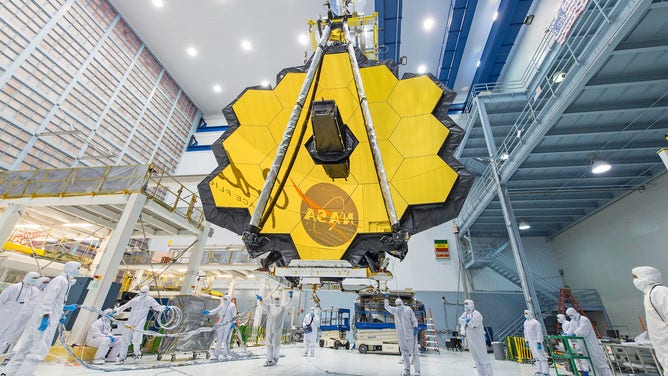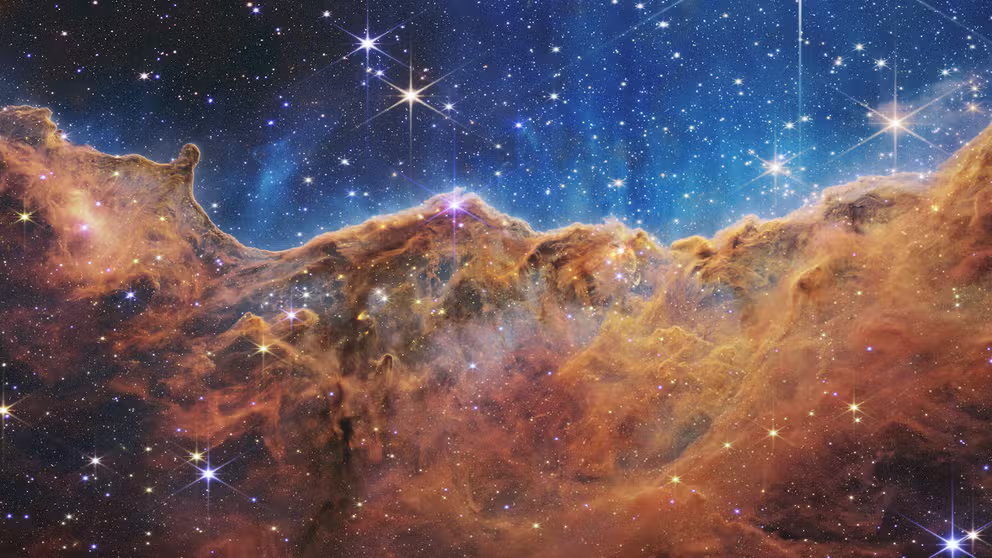The James Webb Space Telescope: How JWST is delving deeper into our universe than ever before
According to NASA, the Webb telescope sees the universe using infrared radiation, a form of light that we feel as heat and is invisible to human eyes. Launched in 2021, the JWST mission is expected to last a decade or more.
What is the James Webb Space Telescope?
According to NASA, the JWST sees the universe using infrared radiation, a form of light that we feel as heat and is invisible to human eyes.
Launched in 2021, the James Webb Space Telescope (JWST) has been billed by NASA as the world's premier space science observatory.
The telescope is the successor to the Hubble Space Telescope (HST), which was the first complex observatory placed into orbit around Earth in 1990.
According to NASA, JWST is as tall as a three-story building and as long as a tennis court, making it the largest space telescope ever built. Webb’s primary mirror is made up of 18 hexagonal gold-plated mirrors specifically designed to reflect as much light as possible.

James Webb Space Telescope's primary mirror at NASA Goddard. Webb's mirrors are covered in a microscopically thin layer of gold, which optimizes them for reflecting infrared light.
(NASA)
The JWST is a joint project between NASA, the Canadian Space Agency and the European Space Agency.
It is named after NASA's second administrator James E. Webb, who is best known for leading the Apollo program that eventually landed the first humans on the moon.

James E. Webb ran the fledgling space agency from February 1961 to October 1968. He believed that NASA had to strike a balance between human space flight and science.
(NASA)
According to NASA, the telescope sees the universe using infrared radiation, a form of light that we feel as heat but is invisible to human eyes. Orbiting far beyond Earth’s moon, Webb’s sensitive instruments can detect infrared radiation from solar system planets, exoplanets, stars, nebulae and galaxies.
WEBB REVEALS GALAXIES IN EXQUISITE DETAIL
Incredible images from James Webb show the universe like never before
As the world's premier space science observatory, the James Webb Space Telescope is giving us glimpses into distant worlds like never before.
Scientists have said Webb’s observations will help us better understand the early universe, how galaxies and stars change over time and the characteristics of other worlds.
NASA has said Webb is designed for a primary five-year mission but could last for a decade or more.

